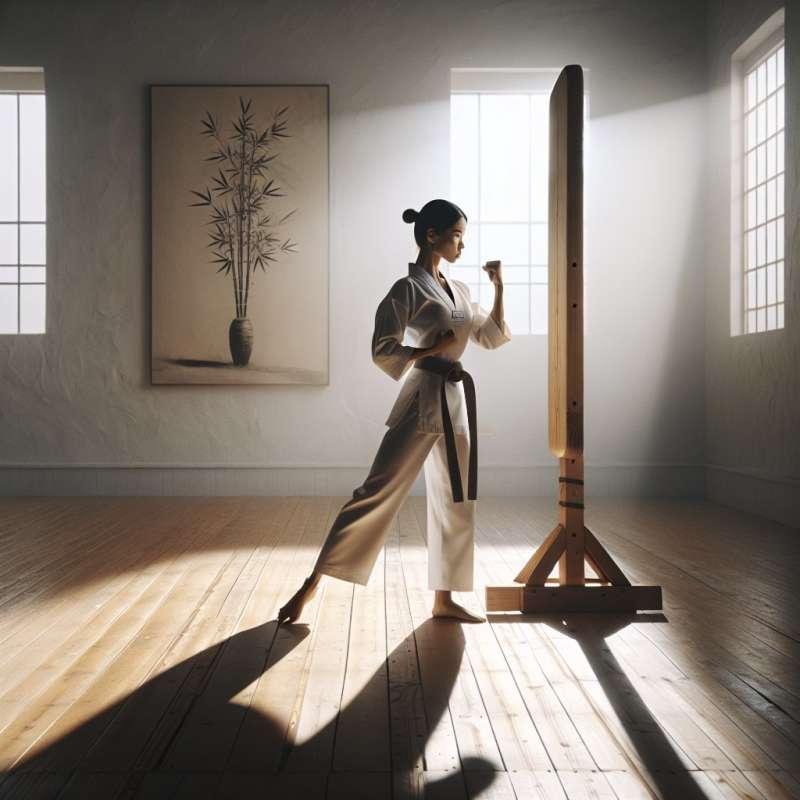
Taekwondo's Historical Roots
Originating in Korea over 2,000 years ago, Taekwondo was developed by warriors called 'Hwarang'. It was not just a martial art, but also a way to cultivate the mind and uphold moral code.
Meaning Behind the Name
'Taekwondo' translates to 'the way of foot and fist' (Tae = foot, Kwon = fist, Do = way). This highlights the art's emphasis on kicks and punches, which are used for self-defense and fitness.
Olympic Sport Recognition
Taekwondo debuted as a demonstration sport in the 1988 Seoul Olympics and became an official medal sport in 2000. It's known for its fast, high, and spinning kicks.
Distinctive Uniform: Dobok
The traditional Taekwondo uniform, called a 'dobok', is designed for practicality and symbolizes the virtues of the martial art. Belts indicate rank and progression, from white (novice) to black (expert).
Poetic Forms: Poomsae
Poomsae are patterned movements combining attack and defense techniques. Each poomsae has its own significance and applications, and they are used to teach principles of balance, timing, and coordination.
Unique Breaking Technique
Board breaking, known as 'gyeokpa', is a Taekwondo technique used to demonstrate power and precision. It requires physical strength, focus, and control, reflecting the martial art's philosophy.
Martial Art and Meditation
Taekwondo is not only physical but also a mental discipline. Practitioners meditate to improve focus, breathe control, and mental clarity, integrating the 'Do' (way) into their daily lives.Hwarang Superstitions
Hwarang warriors believed that certain flowers held mystical powers to enhance their combat abilities, blending martial prowess with ancient Korean folklore.
Who developed Taekwondo?
The Hwarang warriors
Ancient monks
Olympic athletes
Company